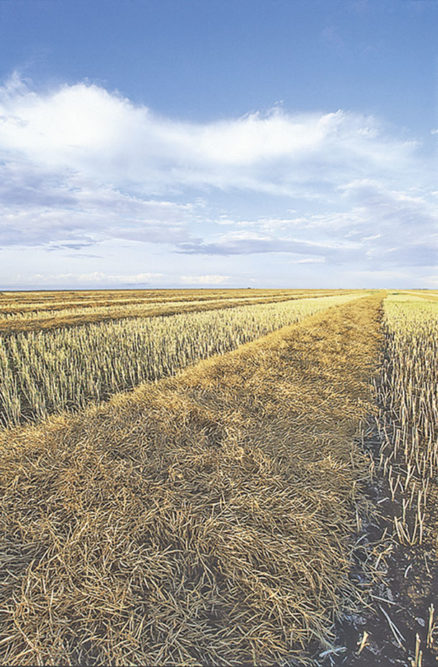Selecting the right ingredients to optimize milk production may mean being open to a wider range of choices. There are actually many vegetable protein sources available for feed use.
Table 1 lists nutrient profiles for some common vegetable protein meals and displays some of the nutrients they provide.
Where does one start on comparing vegetable protein meals for dairy?
A buyer logically starts with the price. Because each protein source has a unique nutrient profile, if one considers only the protein, many mistakes will be made. For example, canola meal has 41.5% crude protein, while soybean meal has 51.5% crude protein on a dry matter basis. If the buyer determines the value of canola meal should be 75% of the value of soybean meal, then the buyer is making two assumptions that may end up being costly for the ration formulator.
The first assumption is that the protein portion of the meal provides equal value – which is not the case. Looking at Table 1, it becomes obvious cottonseed meal and canola meal provide more rumen-undegraded protein as a percent of dry matter than soybean meal. If considered on a rumen-undegraded protein basis, all three would be close to the same value. Furthermore, the amino acid profiles are different for each protein source. Proteins particularly low in methionine (for example, soybean meal, peanut meal or cottonseed meal) or lysine (corn distillers grains or peanut meal) may require diets to be supplemented with rumen-protected amino acids, or alternatively a greater amount of that protein source may be needed to balance the diet.
Click here or on the image above to view it at full size in a new window.
The second assumption is: The non-protein part of the ingredient provides no value. In the case of many of the meals, highly digestible neutral detergent fibre is provided, and this can replace other ingredients such as beet pulp or soybean hulls. Canola meal, sunflower meal and peanut meal also supply sugars, a nutrient many nutritionists formulate for.
Currently, more and more is being learned about the importance of fatty acids and their effect on rumen health, milkfat production and their ability to support the health of the cow. Highly unsaturated fatty acids can impair microbial production, while monounsaturated fatty acids, like the oleic acid found in peanut meal and canola meal, are less toxic. Some meals may contain a large amount of polyunsaturated fatty acids.
These fatty acids are biohydrogenated by the rumen microflora and can result in the accumulation of intermediate compounds that reduce milkfat synthesis. Thus, it is important to look at both the type of fatty acids the meal provides as well as the total fat content.
The mineral contents of each meal can also be quite different. Costs for mineral inclusion in the diet are substantially less than costs for protein but can at times alter the selection of ingredients. For example, cottonseed meal and canola meal are rich sources of phosphorus, a mineral that is often quite expensive to add to diets.
Lastly, the energy value of ingredients needs to be considered. High-energy proteins, such as soybean meal, may be of greater value when grain costs are high. High-energy protein meals may be less desirable in instances where forage may be limiting.
Many nutritionists and buyers have found the Dairy Feed Calculator, located on canolamazing.com, to be of value when making buying decisions. The calculator allows values for protein meals to be compared to each other based on protein, rumen-undegraded protein, energy, calcium and phosphorus.













